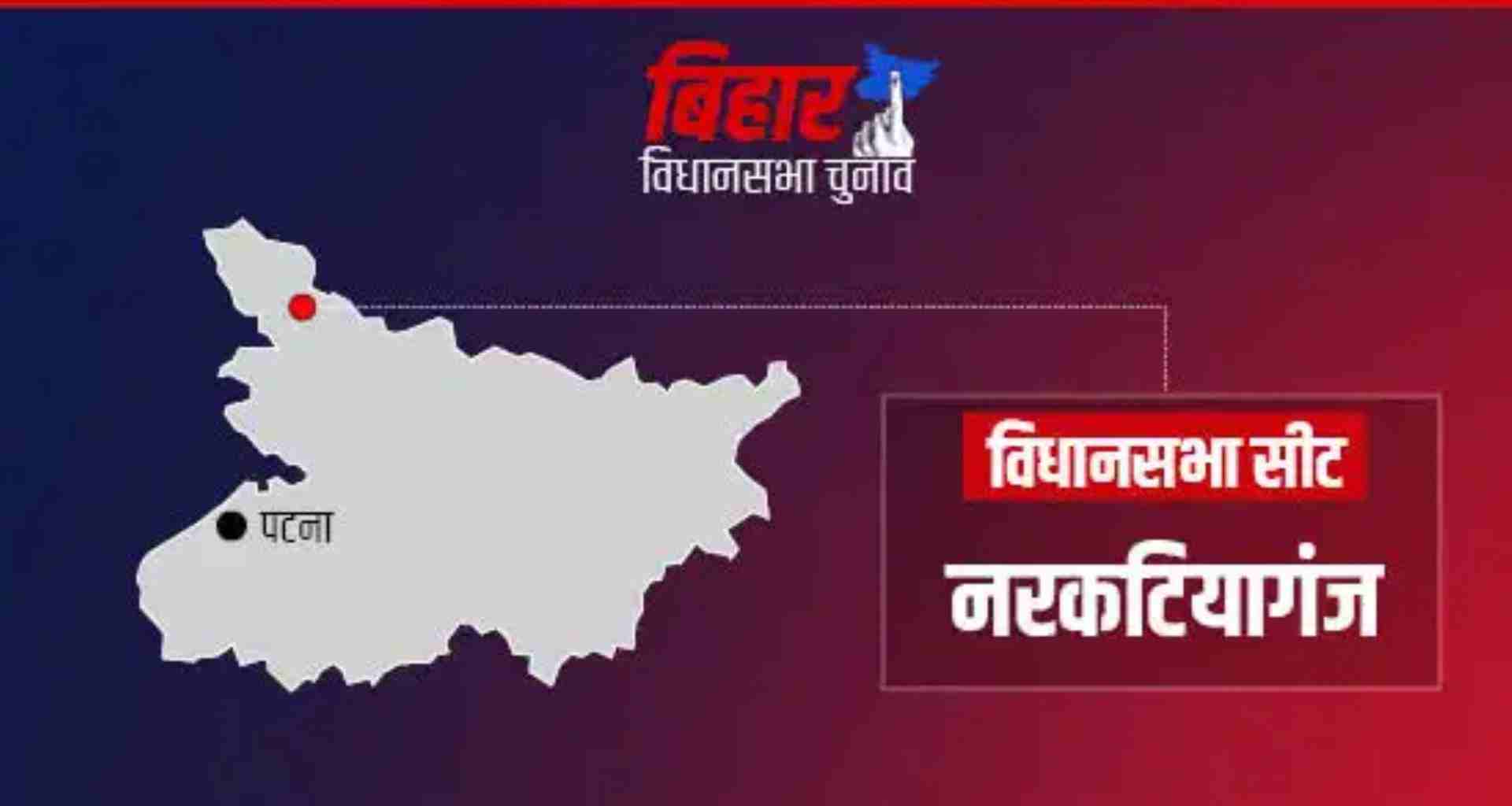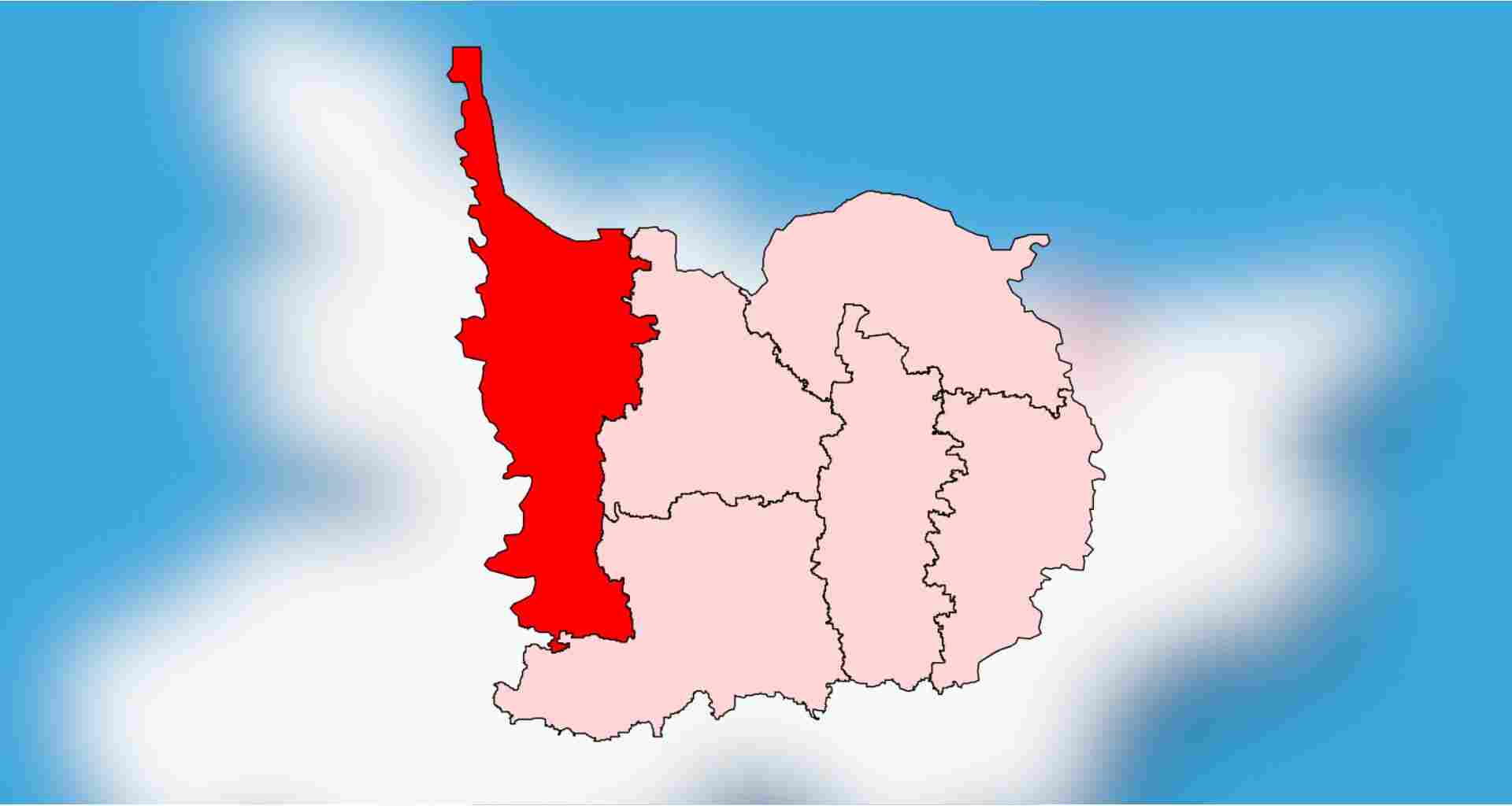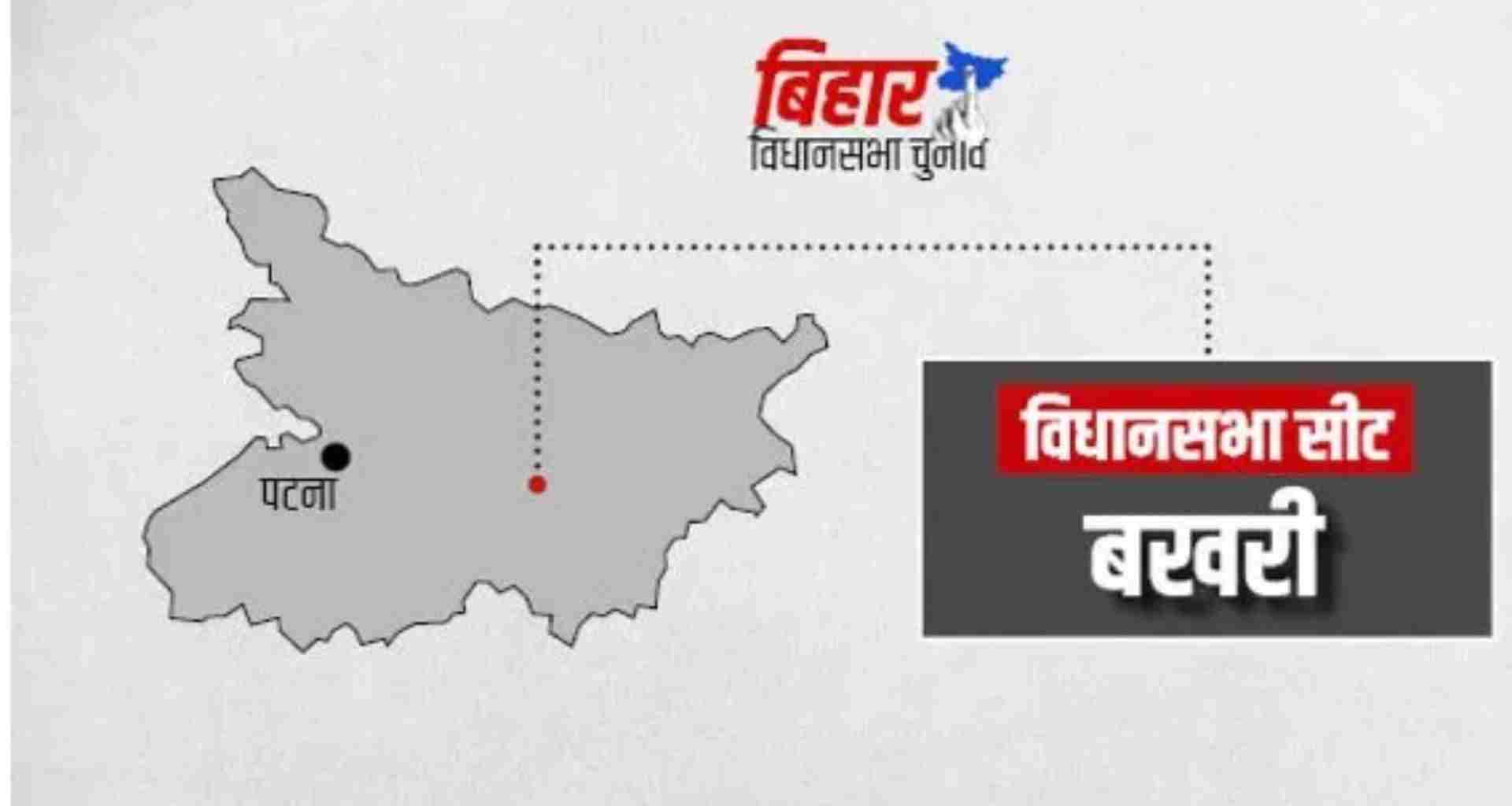Nabinagar Assembly Constituency holds a prominent place in the political framework of Bihar. Located in Aurangabad district, this constituency falls under the Karakat Lok Sabha constituency. The rich electoral history and diverse voter base reflect the dynamic nature of its political evolution.
Constituency Overview
Nabinagar is a general category assembly seat. The constituency is home to approximately 275,914 voters as per the 2020 elections. With 93.85% of the voters residing in rural areas, the constituency exhibits a strong rural influence. In contrast, urban voters make up only 6.15%. The constituency’s voters have witnessed several shifts in political power, with candidates from multiple parties securing victory over the years.
Nabinagar Assembly Constituency Electoral History
The 1952 Bihar Legislative Assembly elections marked the beginning of Nabinagar’s political journey, with Anugrah Narayan Sinha from the Indian National Congress claiming victory. Since then, this constituency has seen numerous power shifts between different political parties, including Indian National Congress, Samajwadi Party, Janata Dal, and Rashtriya Janata Dal. A notable by-election in 1996 saw Lovely Anand from the Samajwadi Party win the seat.
Over the years, the constituency has alternated between various dominant political forces, making the electoral history of Nabinagar a fascinating journey.
Here is the detailed Members of Legislative Assembly (MLAs) data for the Nabinagar Assembly constituency, highlighting the key winners over the years:
MLAs from Nabinagar Assembly Constituency
| Year | MLA | Party |
|---|---|---|
| 1952 | Anugrah Narayan Sinha | Indian National Congress |
| 1957 | Deodhari Ram | Indian National Congress |
| 1962 | Satyendra Narayan Sinha | Indian National Congress |
| 1967 | Satyendra Narayan Sinha | Indian National Congress |
| 1969 | Mahabir Prasad Akela | Communist Party of India |
| 1972 | Yugal Singh | Indian National Congress |
| 1977 | Yugal Singh | Janata Party |
| 1980 | Raghuvansh Prasad Singh | Indian National Congress |
| 1985 | Raghuvansh Prasad Singh | Indian National Congress |
| 1990 | Raghuvansh Prasad Singh | Indian National Congress |
| 1995 | Virendra Kumar Singh | Janata Dal |
| 1996^ | Lovely Anand | Samajwadi Party |
| 2000 | Bheem Kumar Yadav | Rashtriya Janata Dal |
| 2005 | Bheem Kumar Yadav | Rashtriya Janata Dal |
| 2005 | Vijay Kumar Singh | Lok Janshakti Party |
| 2010 | Virendra Kumar Singh | Janata Dal (United) |
| 2015 | Virendra Kumar Singh | Janata Dal (United) |
| 2020 | Vijay Kumar Singh | Rashtriya Janata Dal |
Notable Trends:
- The constituency has seen alternating political party dominance over the decades, with Indian National Congress initially holding power, followed by Janata Party, Samajwadi Party, and more recently Rashtriya Janata Dal.
- Vijay Kumar Singh from Rashtriya Janata Dal emerged victorious in both the 2015 and 2020 elections, showcasing the increasing influence of the party in the region.
- The 1996 by-election saw an interesting shift with Lovely Anand of the Samajwadi Party winning the seat.
Table: Previous Assembly Election Results
| Year | Candidate | Party | Votes | Percentage (%) |
|---|---|---|---|---|
| 2020 | Vijay Kumar Singh | Rashtriya Janata Dal | 64,943 | 40.68 |
| 2015 | Virendra Kumar Singh | Janata Dal (United) | 44,822 | 28.07 |
| 2005 | Vijay Kumar Singh | Lok Janshakti Party | ||
| 1996 | Lovely Anand | Samajwadi Party | ||
| 1995 | Virendra Kumar Singh | Janata Dal |
Demographic Breakdown – Nabinagar Assembly Constituency
The voter base in Nabinagar is highly diverse, with various communities contributing to its political identity. The significant communities include Singh, Ram, Paswan, and Muslim voters, among others. A clear understanding of these communities helps unravel the factors influencing electoral results.

Table: Caste and Surname Analysis
| Community | Voter Count | Voter Percentage (%) |
|---|---|---|
| Singh | 79,463 | 28.8 |
| Ram | 35,316 | 12.8 |
| Paswan | 16,830 | 6.1 |
| Muslim | 14,899 | 5.4 |
| Yadav | 11,864 | 4.3 |
This diversity highlights the constituency’s vibrant socio-political fabric, influencing the results in each election.
Key Highlights of 2020 Elections
In the 2020 Bihar Legislative Assembly elections, Vijay Kumar Singh of the Rashtriya Janata Dal (RJD) won the seat with a commanding 40.68% of the votes. Virendra Kumar Singh from Janata Dal (United) came in second with 28.07%. The election witnessed an overall turnout of 57.98%, showcasing a steady engagement from the electorate.
Table: 2020 Election Results Breakdown
| Party | Candidate | Votes | Percentage (%) |
|---|---|---|---|
| RJD | Vijay Kumar Singh | 64,943 | 40.68 |
| JD(U) | Virendra Kumar Singh | 44,822 | 28.07 |
| LJP | Vijay Kumar Singh | 9,140 | 5.72 |
| RLSP | Dharmendra Kumar | 23,490 | 14.71 |
| NOTA | None of the above | 3,368 | 2.11 |
Conclusion: Political Significance and Trends
Nabinagar’s political landscape is dynamic and multifaceted, with shifting alliances, emerging party dominance, and voter sentiment influencing each election. With a substantial rural voter base, Nabinagar is an influential seat, reflective of Bihar’s changing political tides. The future elections will continue to be shaped by these deep-rooted demographic trends and the evolving political strategies of the leading parties.



